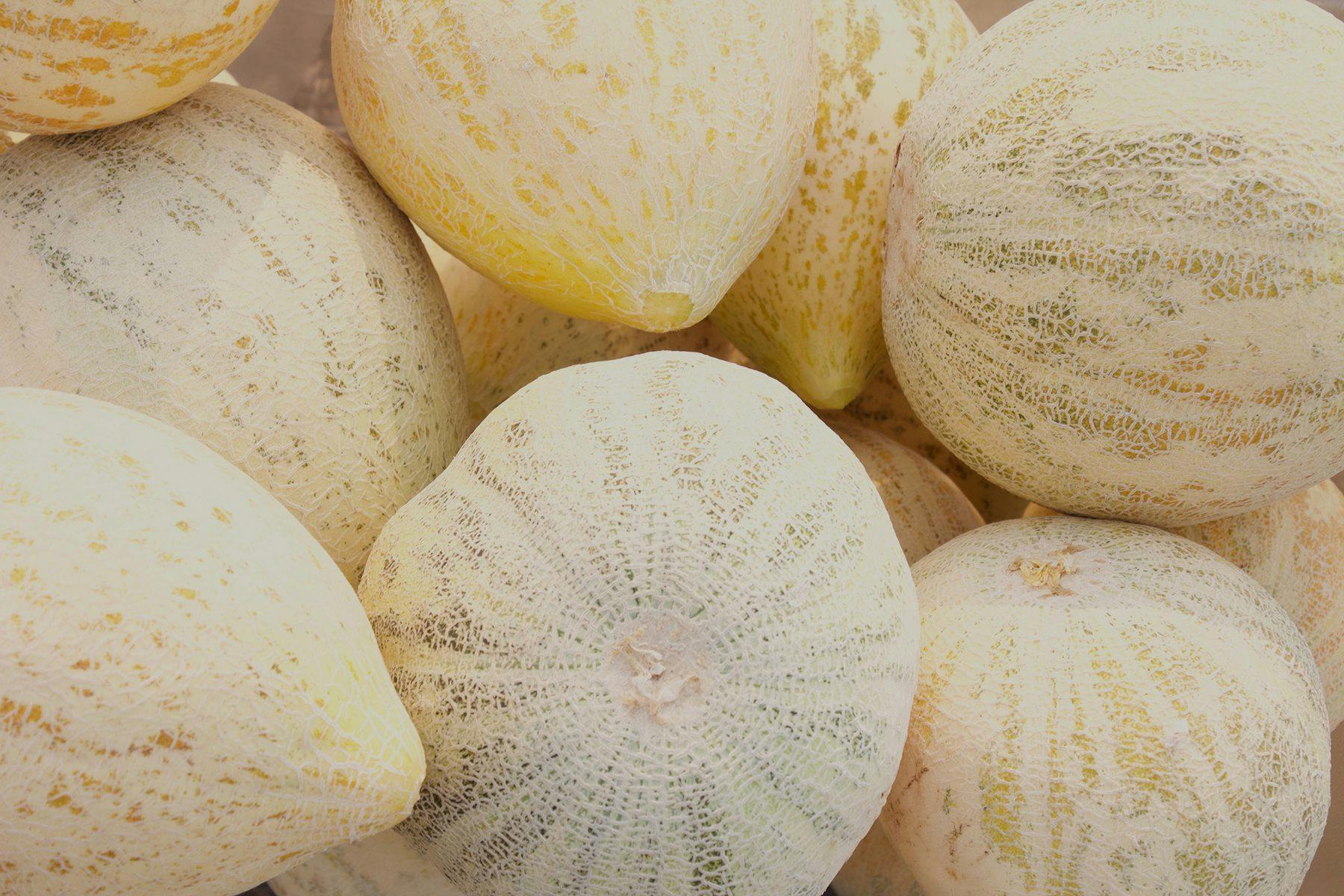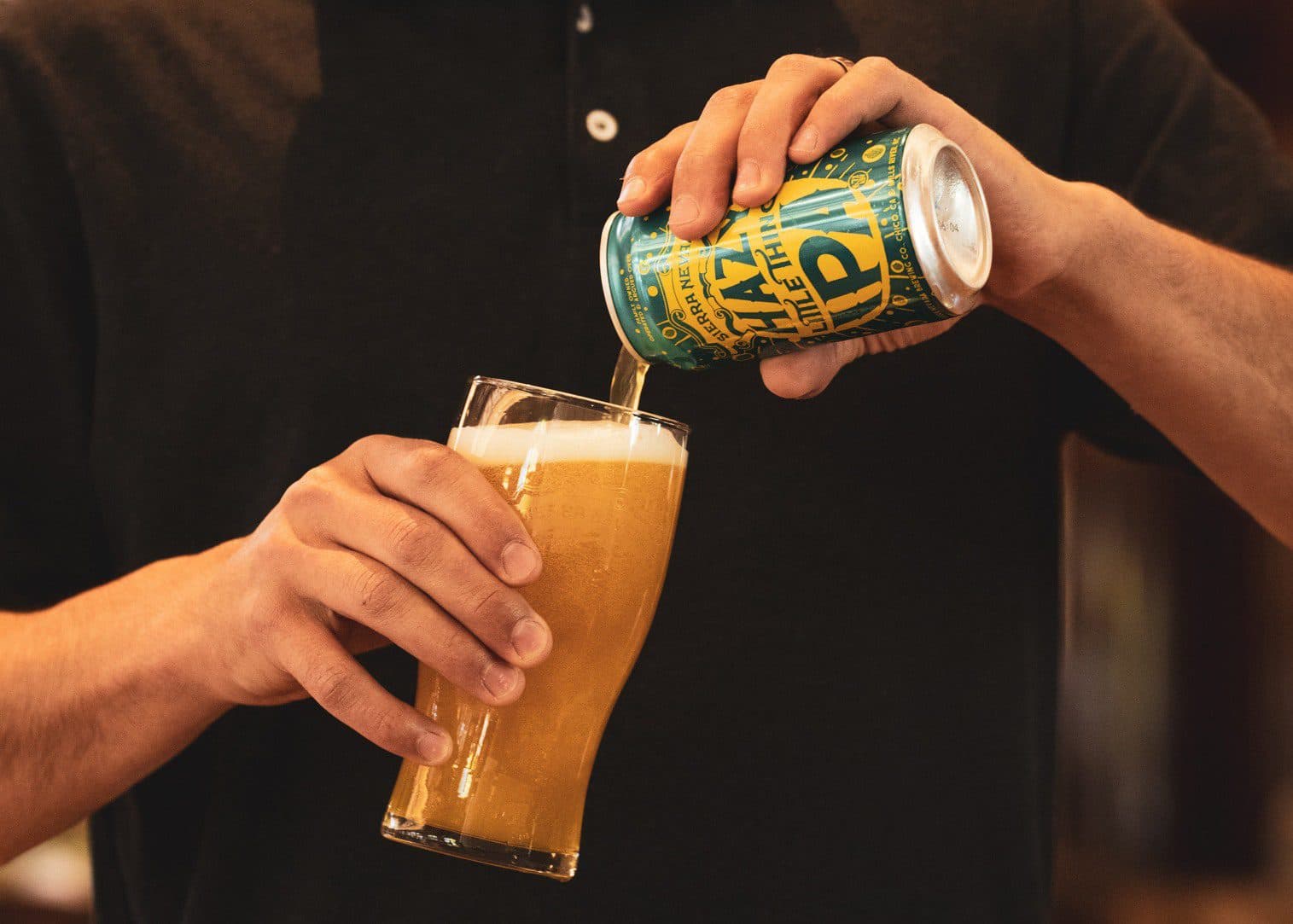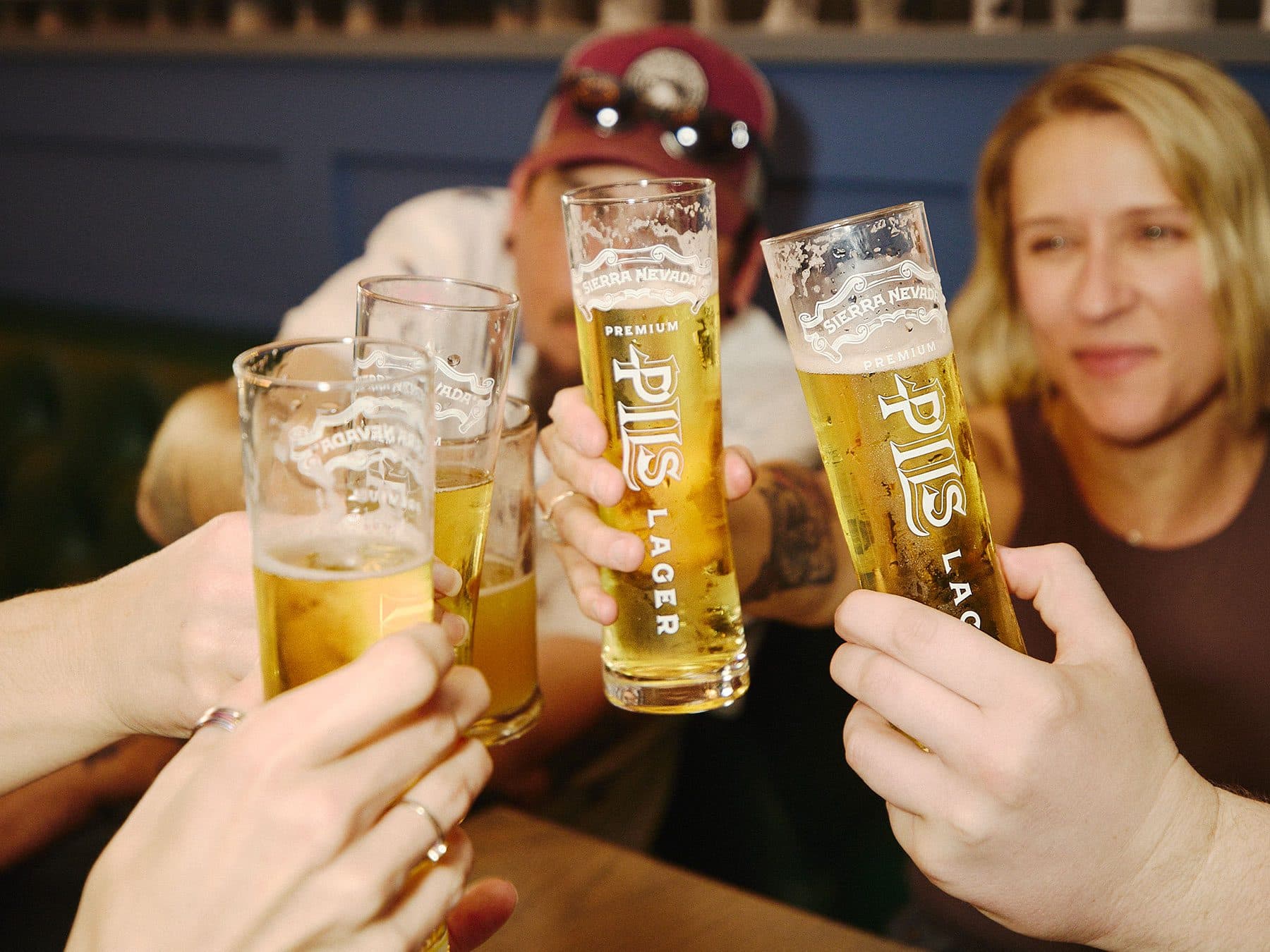When your garden is a brewery backyard, an extra 2,600 pounds of fruit doesn’t go to waste.
With our Taproom still at reduced capacity, our Chico agriculture team realized the kitchen was maxed out on melons; there’s only so much demand for sorbet, salads, and the like.
Jim Belles, our agriculture supervisor in Chico, says we planted three heirloom melon varieties this year: the French “Boule d’Or” honeydew; “Eel River” cantaloupe from nearby Humboldt County; and “Bidwell Casaba” melon, established here in Chico by city founder John Bidwell.
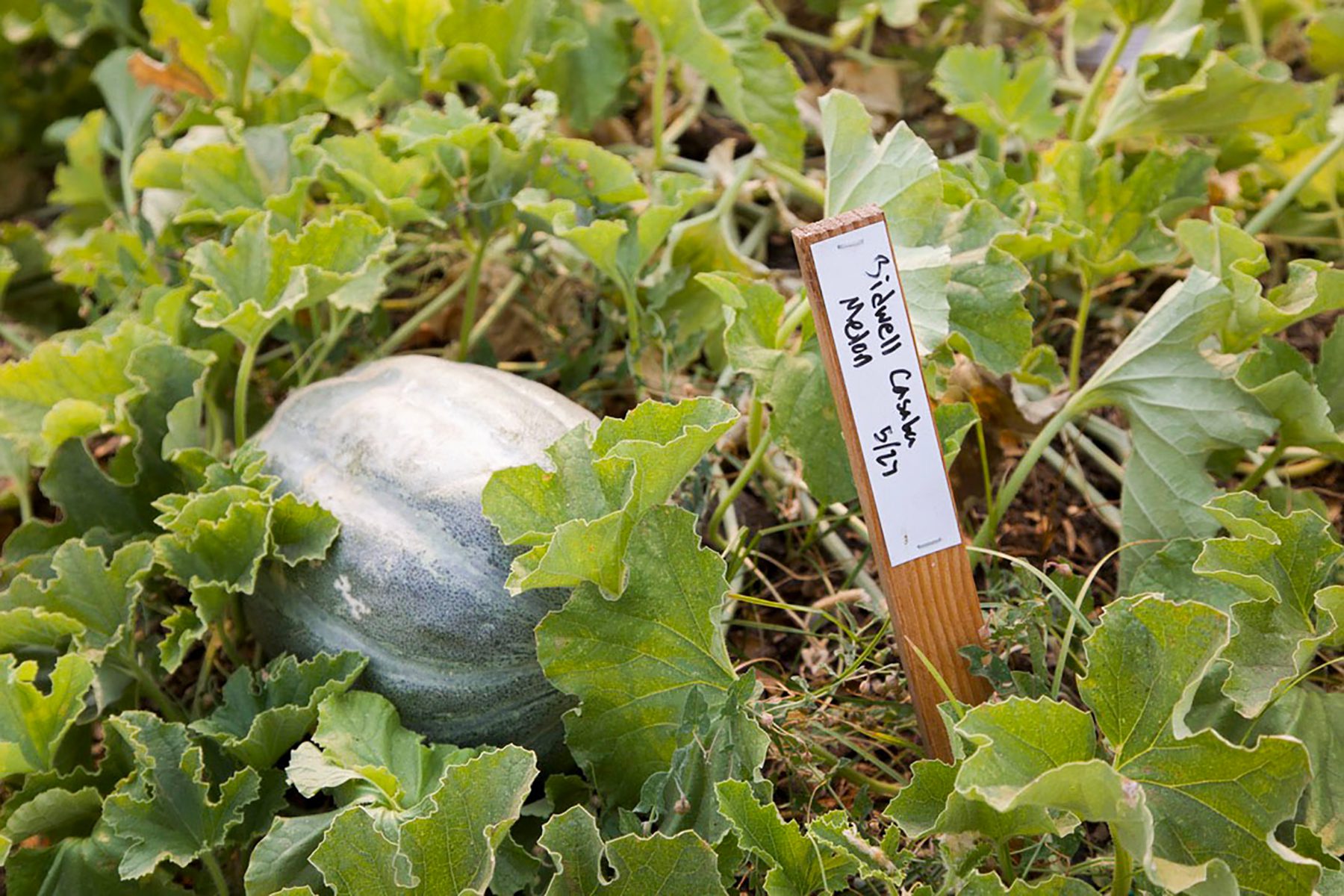
They had to decide how much to put in the ground 75 days in advance, Jim says, and the outlook was brighter then.
But despite the melon excess—the equivalent of a sixteenth acre—Jim knew there was hope.
“Jim has been talking to us for a long time about utilizing more of what we grow onsite,” says innovation brewer Isaiah Mangold. “Showcasing it in beers that can pair with food in the pub and have this overarching story.”
Estate plums, apricots, peaches, and more have found their way into small-batch beers.
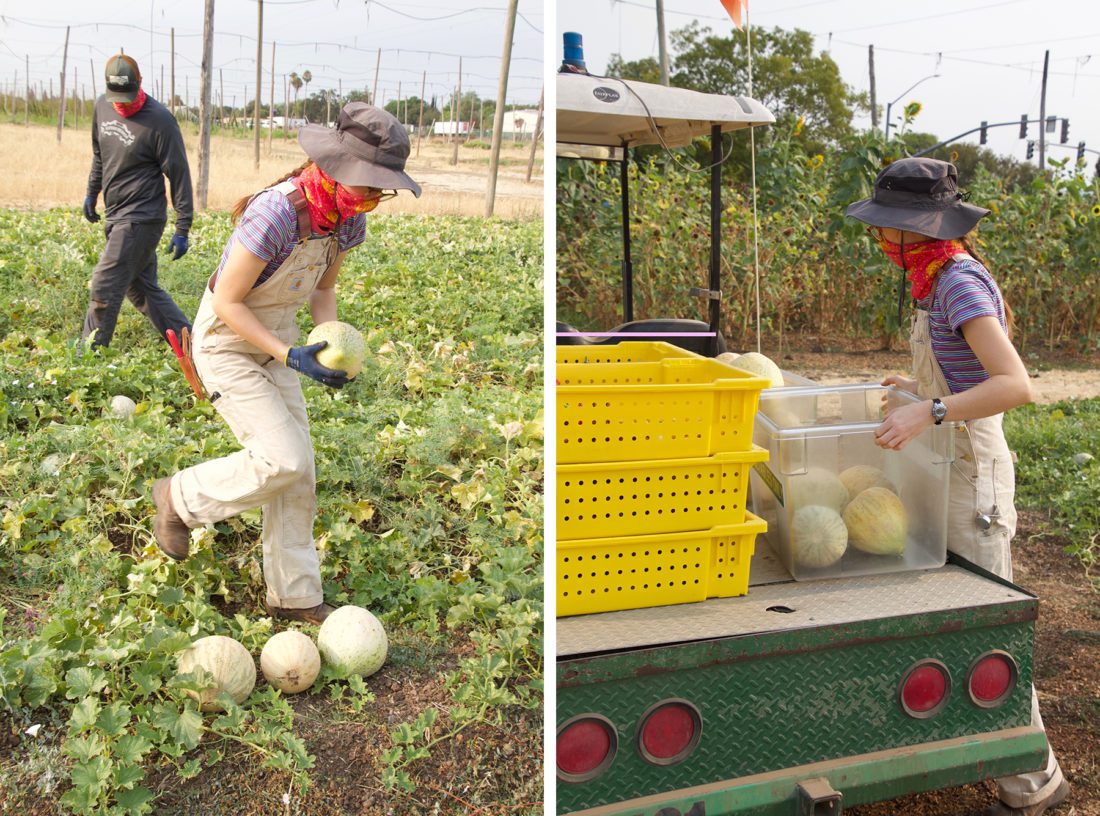
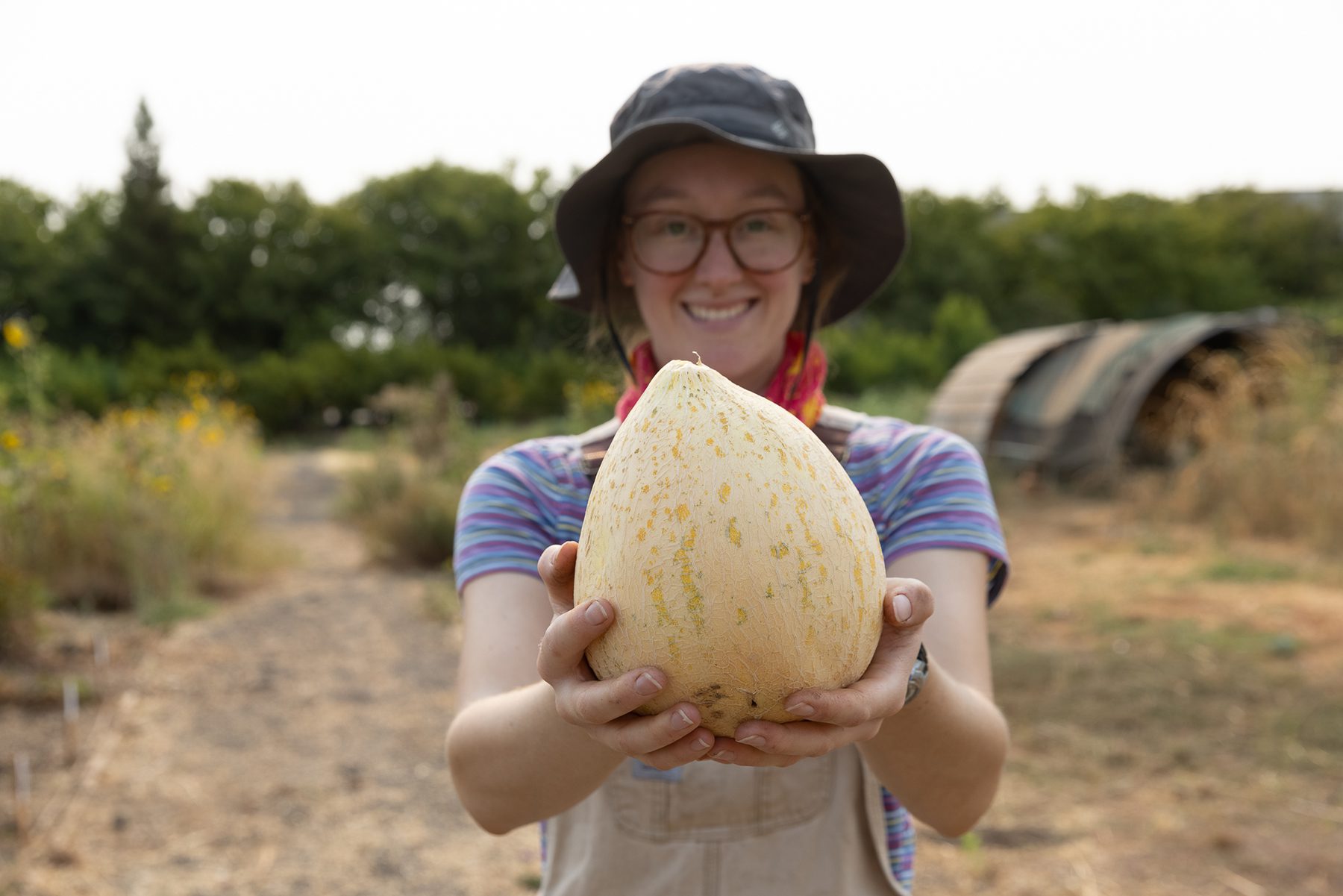
And now, for the first time, Isaiah has a harvest large enough for 20 barrels of an experimental Estate Melon Gose, a tart wheat ale designed to be super refreshing—bright flavors, hardly any hops.
“Kind of like salted melon is the idea behind it,” Isaiah says. Gose beers historically feature a pinch of salt. “A lot of people add salt to their watermelon and cantaloupe—I do—and it really just helps the melon flavor come out. It’s a great companion to the sweetness.”
And while salt gives a flavor boost, the sheer volume of melon is the linchpin.
“Melons, especially in beer, have a hard time standing out,” explains Isaiah. “Everything has to go in the ‘hot side,’ which is a struggle when you’re trying to get fruit flavor to really pop.”
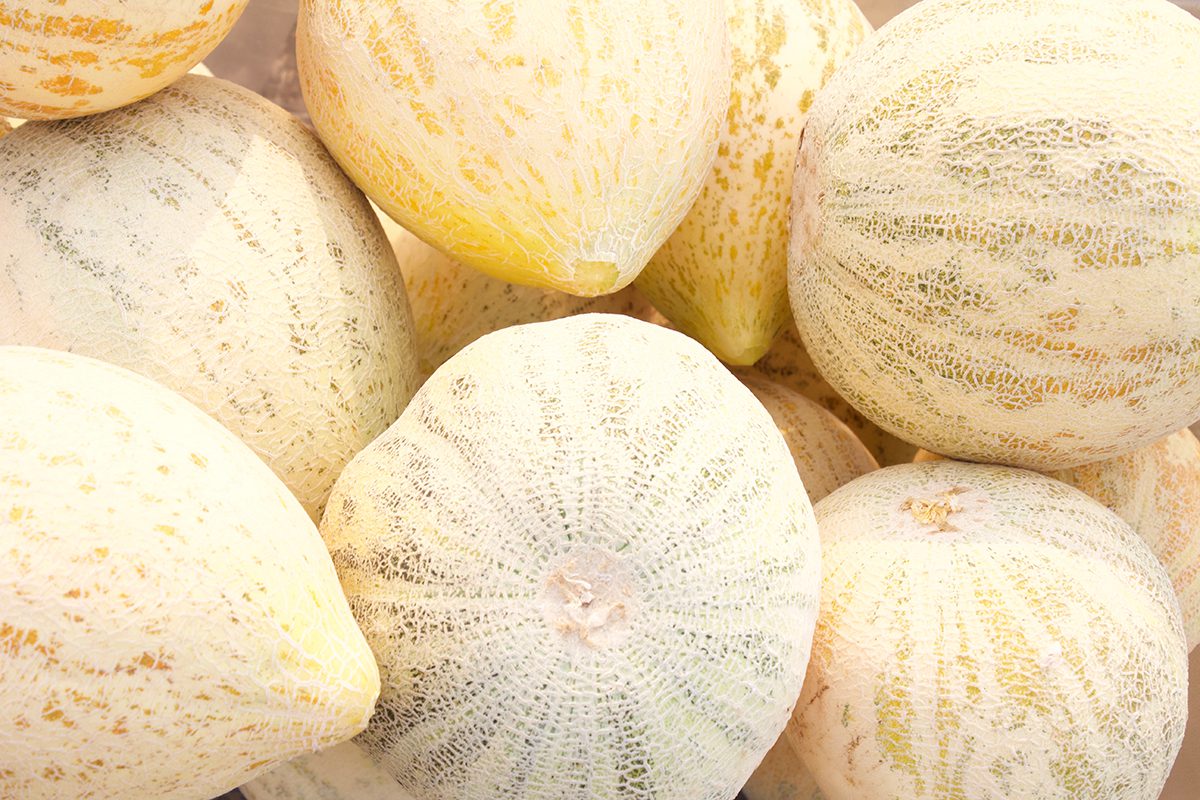
Because the fruit is straight from our fields, it must be added in the boiling kettles (i.e., hot side) to ensure the removal of wild yeast or other sneaky microorganisms.
“And melons on top of it are mainly water,” says Isaiah, meaning you lose some character to evaporation in the kettle. “Whereas [with something like] citrus you have a lot of citric acid, so even if you’re not getting this huge aromatic pop, you’re getting the acidity and the sourness.”
To truly showcase melon, then, Isaiah estimated the brewers would need at least 3 pounds of fruit per barrel of beer. But not just peeled and chopped—we’re talking purée.
“The ag department put a lot of our own labor into processing [the melons],” Jim says, which is no doubt an understatement.
Beyond harvesting, peeling, and chopping the melons, the agriculture team used industrial immersion blenders to prepare five-gallon buckets of purée on brew day. The grand total? Around 110 gallons of melon purée (a lot of buckets).
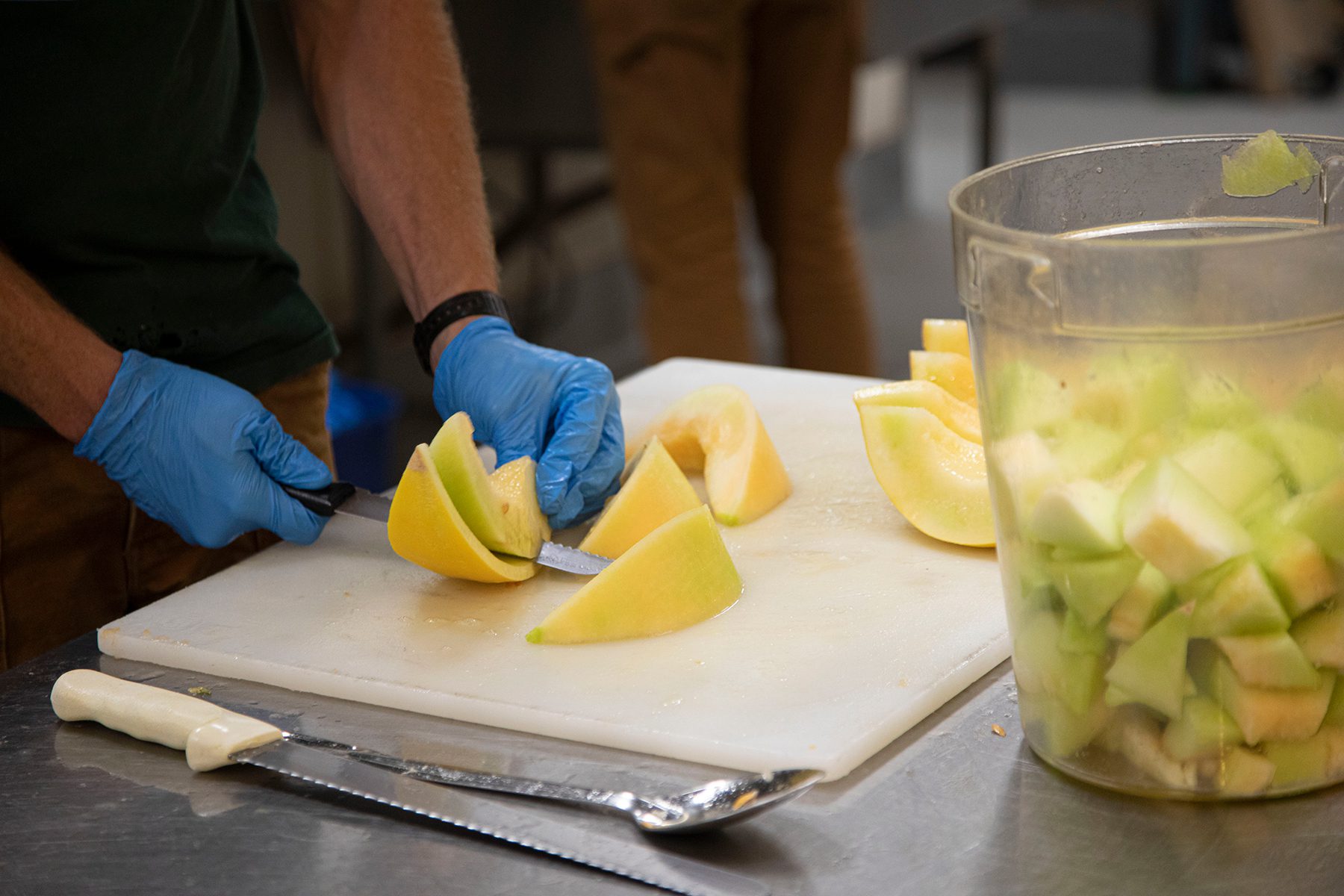
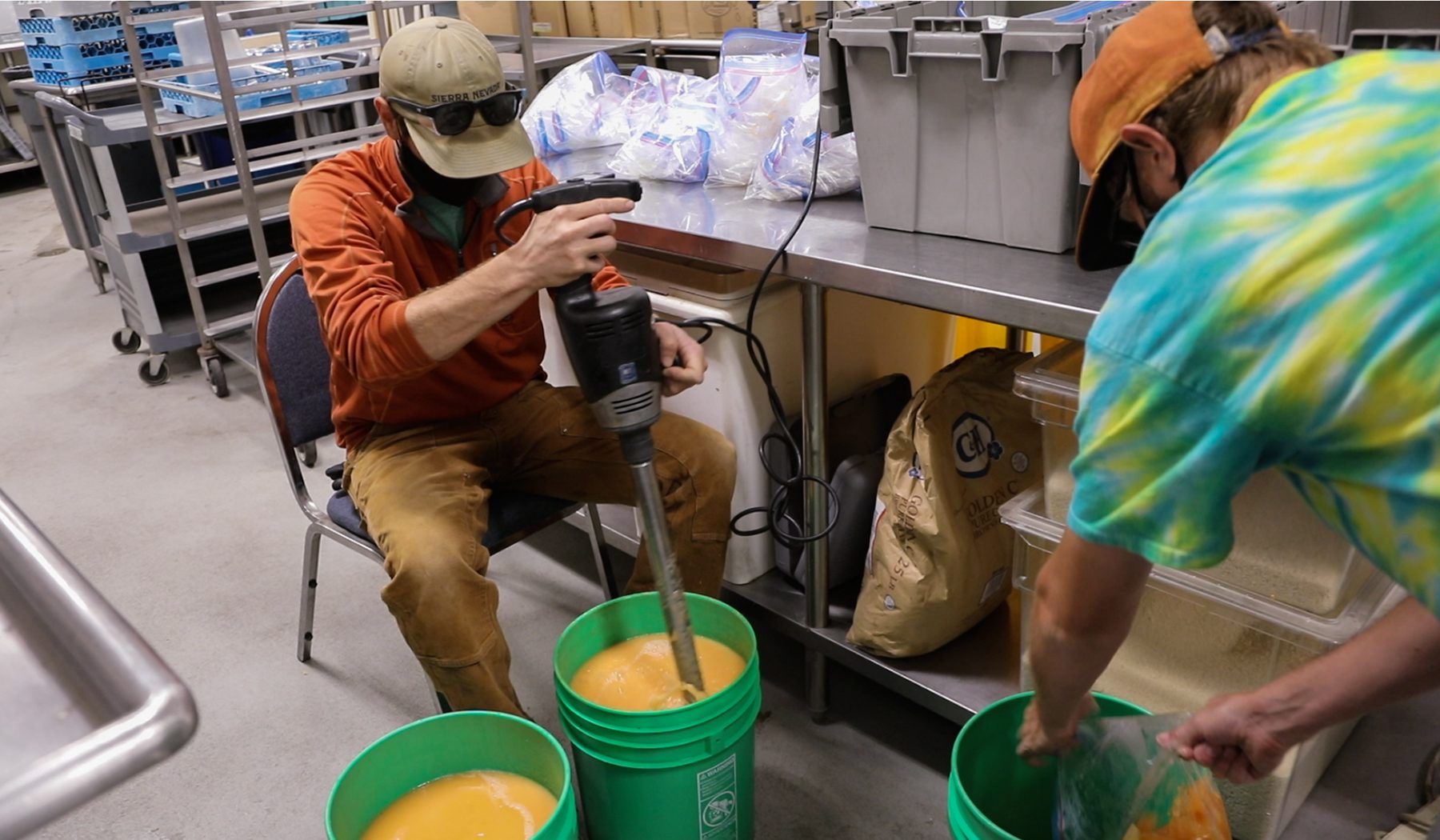
And seemingly in a flash, it’s gone. The purée spends no more than 10 minutes in the kettle; it’s just enough time to sterilize it, impart flavor, and avoid “cooking.” Then the beer leaves the kettle, moves through the whirlpool, and finally into fermentation tanks. Commence the waiting.
“It’s not going to be a huge melon bomb,” predicts Isaiah. “That’s not really what we want. We want to have some salty brininess in there, a little sour from the gose style, paired with a little bit of that crisp malt character.”
After two weeks, Isaiah and Jim meet in the fermentation cellar to steal the first tastes.
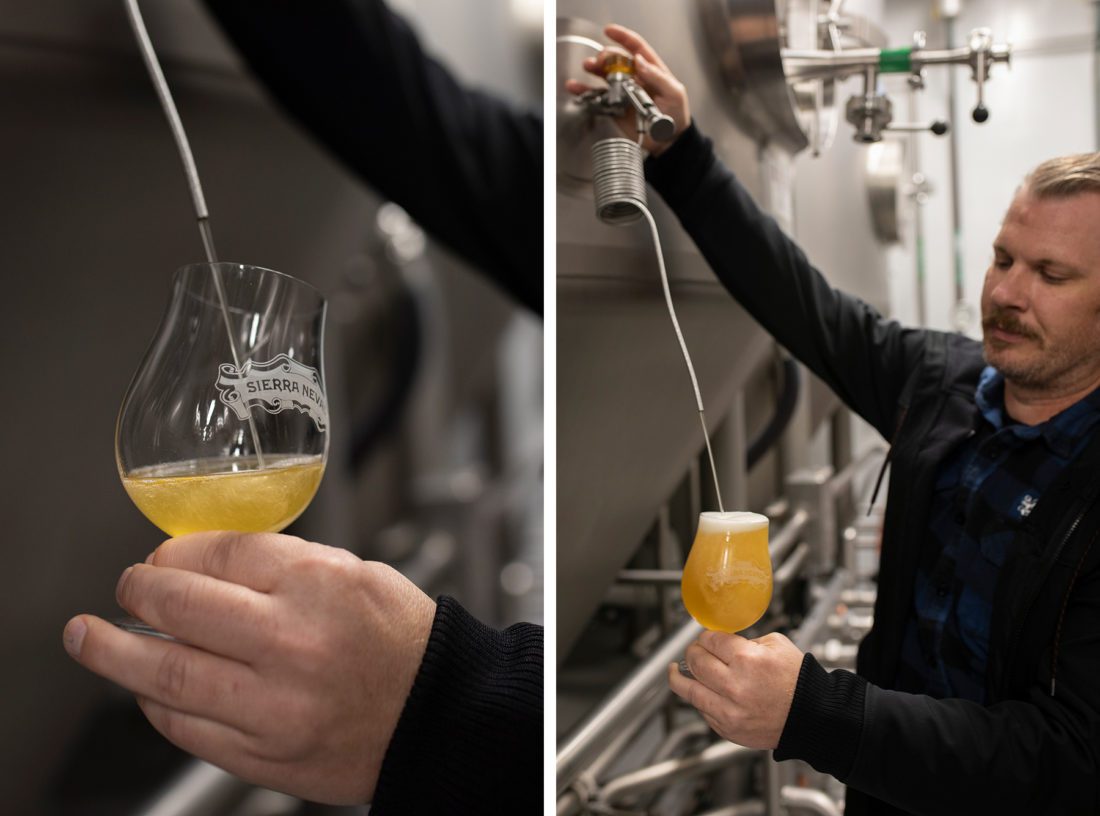
“Yeah, I could drink a lot of that,” Jim says. “I didn’t know how much [melon] was going to come through. That’s awesome.”
“I’ve never got this much aroma and flavor [from melon],” Isaiah says. Not to mention the complexity. “It’s not one melon—that’s not [just] cantaloupe, that’s not honeydew, that’s not watermelon…which I really like, and I’m really surprised by it.”
Jim’s already keen on the next project.
“Alright, we’ll keep doing those super-size plantings,” he jokes.
The Estate Melon Gose (5.5% ABV) is now on draft in our Chico Taproom, while supplies last. You may spot it at bars and restaurants around town, but this limited run stays close to home.
